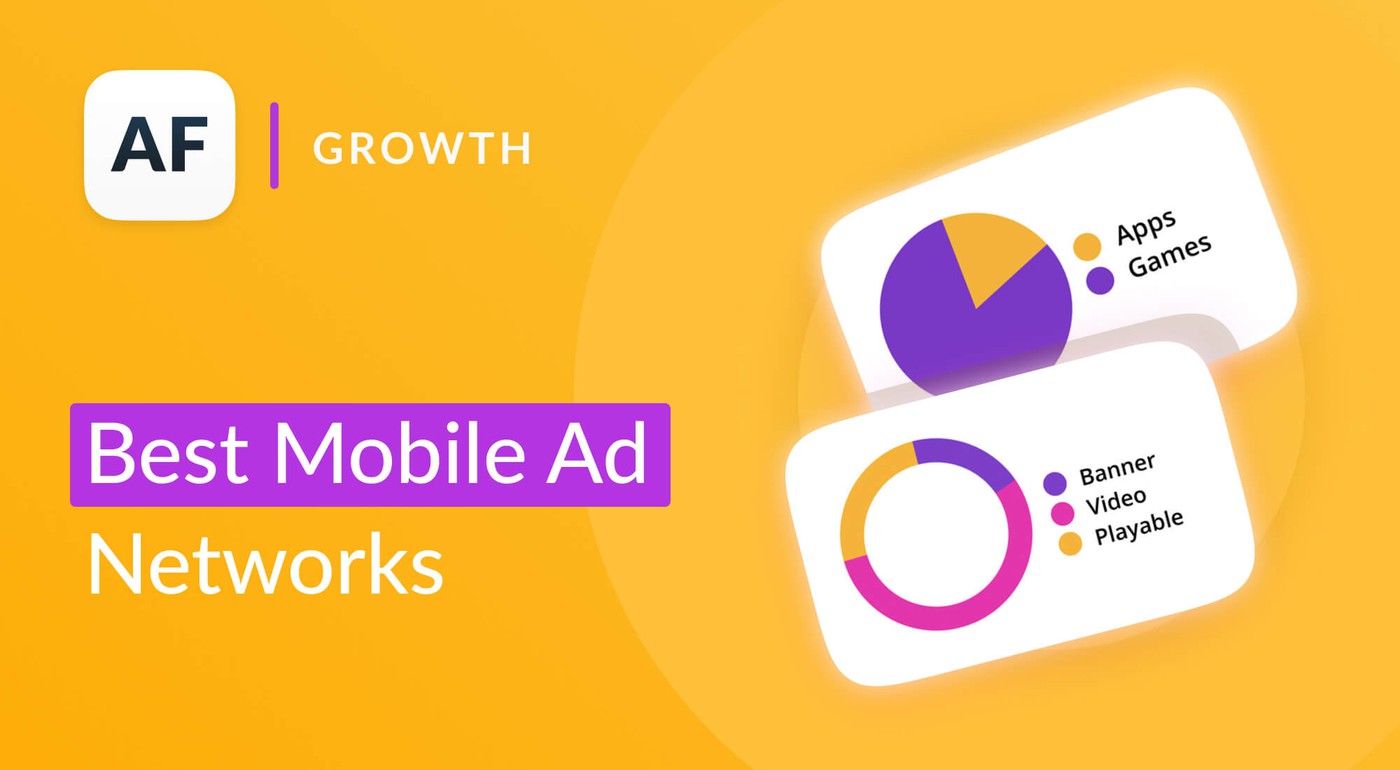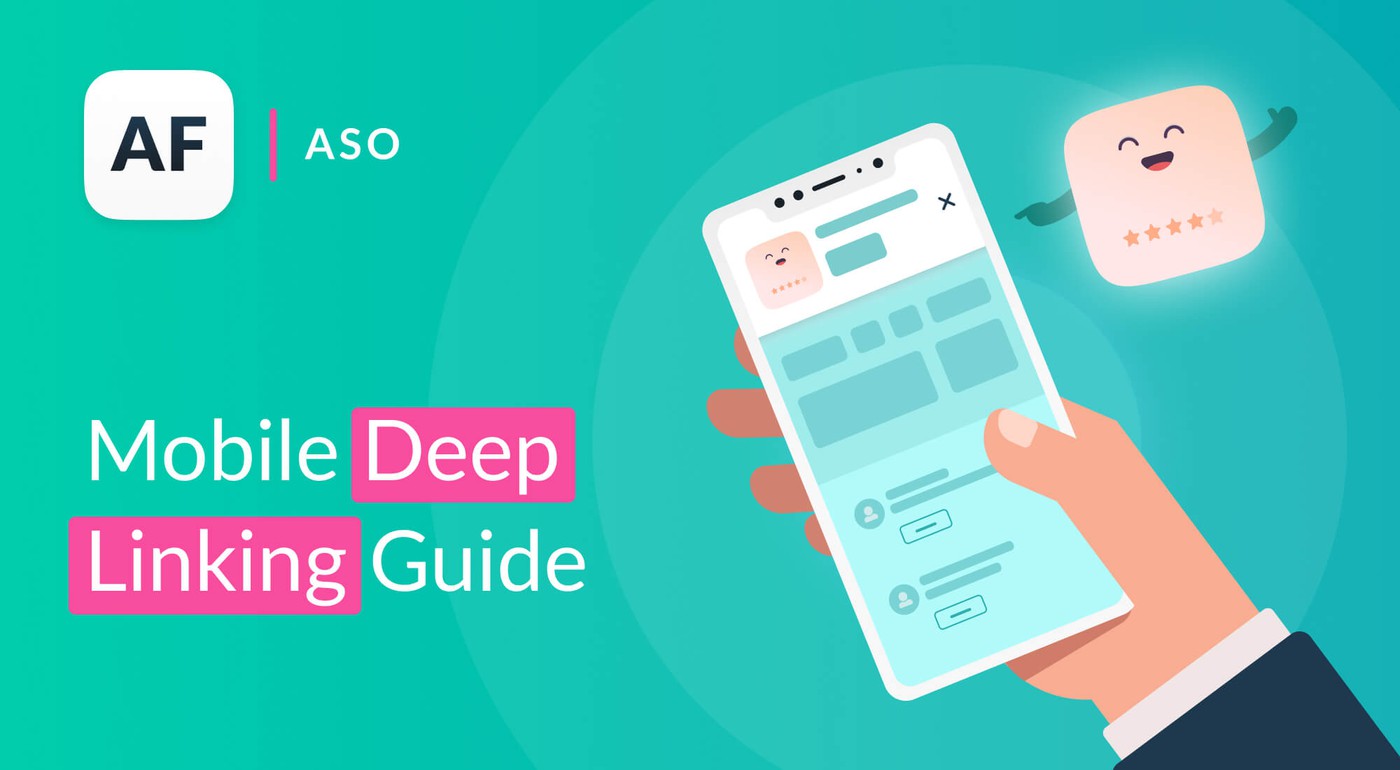Key Pillars of Successful App Branding. A case by Taxfix.

Table of Content:
App Branding is the topic that many new businesses are afraid of, as it is traditionally associated with spending a lot of money. At the Mobile Conference AppFollow organized last year, Michael Korkia, Head of Marketing at Taxfix talked about when to start with branding in terms of strategy and how to do it on a budget; he outlined the approach his company followed, and shared the checklist for a successful app branding.
3 main approaches to branding
Bottom up
Most companies build their app brand based on digital marketing channels. They scale it until they see that they are starting to hit the ceiling with most of the channels and cannot push the growth any further. This is the time that they start investing into the brand.
Top down
Another approach is going “big bang” with the brand from the very beginning, even before starting any kind of marketing activities. On the one hand, this approach helps to build a brand from day one. But on the other hand, it is very risky because the return on your brand investment is not immediate, it usually takes some time, and it also takes time to build a proper brand. So, if you start with this approach and something goes wrong with your business, you will never get your money back.
Hybrid approach
The approach I support is a combination of the two, or the hybrid approach. You start with the marketing channels, and begin creating brand awareness in parallel. It also can be done through your digital channels by simply looking after your proposition, your visuals, and your overall approach to positioning the app.
Checklist before you start
What do you need to have before you actually start thinking about the app branding? Here is the checklist:
- First of all, a few basics such as a working web site, presence in app stores, the product or service itself.
- Good tracking/reporting system. Your branding efforts will not only be attributed oto your direct organic channel, but they will also have a pretty big impact on other acquisition channels.
- Channel attribution. To determine the efficiency of branding, you need to understand the impact on a channel-by-channel basis.
- Geographical data. It is very important to have geographical data for testing purposes. I will share more details about it later in the post.
- Target audience. You need to know who your audience is. Apps like Taxfix can target almost anybody in Germany who pays taxes, but we do not go for everyone. First of all, it’s expensive, and you are running the risk of being generic.
- Clean visuals and proposition. Once you identify your audience, you need to tailor the clean visuals and proposition for them.
- Clear idea of positioning. Lastly, you just need to position yourself really clearly within the market. Whoever sees your brand, they should understand that this is exactly what you stand for.
Once you have completed this checklist, you should start thinking about the media. In the old days, whenever you said 'brand', everybody associated it with offline media like television, radio, magazines, and newspapers. Today, it is as true for these media outlets as it is for digital marketing channels.
Always keep production in mind
Key Variables:
- Media
- Concept creation
- Resources (in-house or agency)
- Time
- Budget
Based on the media that you choose, as well as the resources, time, and budget that you have your approach towards the production will vary massively.
For instance, if you are building your brand through something as simple as Google Search, you won’t need hardly any production. You will just need some bits and bobs of copywriting and landing pages.
It becomes a little bit more complicated if you are planning to build your brand through display banners. It becomes even more complicated if you want to use outdoor banners or printed materials, because then you need everything to be of higher quality.
The complexity of production grows almost exponentially once you start thinking about television. For television you will definitely need to have great quality and you won’t be able to complete production within a couple of days. You will probably need a couple of months to get the right result.
Always have this in mind when choosing the media, and how you are going to approach it.
Always have data to back it up

Tracking
A lot of companies are afraid of the topic of branding, because it is usually considered untrackable or very hard to track. Actually, there are a few ways of tracking app branding results. None of them is 100% bulletproof, but they are pretty accurate and will give you satisfactory results.
- Pre/Post Awareness Study. This approach is more qualitative. It consists of running a survey with a large audience before and after your branding campaign to understand how the awareness of your brand changes.
- Performance Data Decomposition. In my experience this approach is more accurate, because it is based on quantitative data and your own numbers. For this you will need to have BI analytical resources in-house. By following this approach you will be able to create the right model for tracking any interactions that happen thanks to app branding, and determine the impact in pure numbers.
- Immediate “Twitch”. To use this tracking approach the campaign should be massive enough to have impact. For instance, if you are using television in your campaign, right after the TV spot you can open the App Store or Google Analytics (or app analytics tools that you use) and see how the traffic has changed. Spikes in traffic will give you an indication about the whole thing.
- Branded Searches. Lastly, if you see that your Brand Searches are rising, this is a good indicator that your branding activity is on the rise as well.
Testing
Before going into anything big and committing to big budgets, I would recommend testing.
- Audience A/B testing. In some cases, for example digital channels, you can do proper A/B testing.
- Geographical split. A/B testing is not always possible, for example with outdoor billboards. In such cases it is better to do a geographical split. You can use a geographical split in digital channels as well.
For example, we did a YouTube test in two cities in Germany — Dresden and Essen. Both cities are very similar in terms of population size, population density, and they also had a very similar number of Taxfix users. Running a brand campaign in one of the cities, we saw an uptake of approximately 150% in performance (see the chart above). It was a good indicator for us of what to expect later when we run a similar campaign on a bigger scale.
- Uplift study. Uplift studies can be done by digital channels, mainly YouTube, Facebook, and display channels. They are quite accurate in giving you an idea of the uplifts that your brand campaign is bringing.
Mixed media: multiple touch points are the key
The most accurate way of building your brand is by making it possible for your customers to interact with you in different places and media. The more touch points you have with your customers, the more they will remember you and trust you.
If your potential customers see your brand only on TV, it is an important media, but it is still only one media. When they see your brand on TV and they see it on the Internet, Facebook, and, for example, YouTube, they start to remember it and begin to think, "Oh, these guys are everywhere, maybe I should check them out".
At Taxfix we went with billboards in seven major cities in Germany, we went into partnerships with a couple of publishing houses in Germany as well, and we did the Guerilla Posters campaign in Berlin, which was basically one-size posters plastered right across the city. We also added YouTube and Amazon videos on top of that.
The important element was that we kept a continuous message across all of the media and acquisition channels. If there are mixed messages in different media, people might get confused and they might not remember the brand as one and the same thing.

Do’s & Don’ts of app branding
DO’s
✔️ Plan in advance
✔️ Cheapest media is last minute
✔️ Highest quality media is well in advance
✔️ Leave 4-16 weeks for production
✔️ Have BI analyst handy
✔️ Clear message/proposition
✔️ Aim for volume (to be able to track)
✔️ Strong copy/image
✔️ Go for frequency
DON’Ts
❌ Rush it
❌ Skimp on production costs
❌ Spread it out over a long time
❌ Use premium placements on their own
❌ Use one media and hope for the best
❌ Mix messages
❌ Expect immediate results
❌ Use multiple channels in different times and locations








